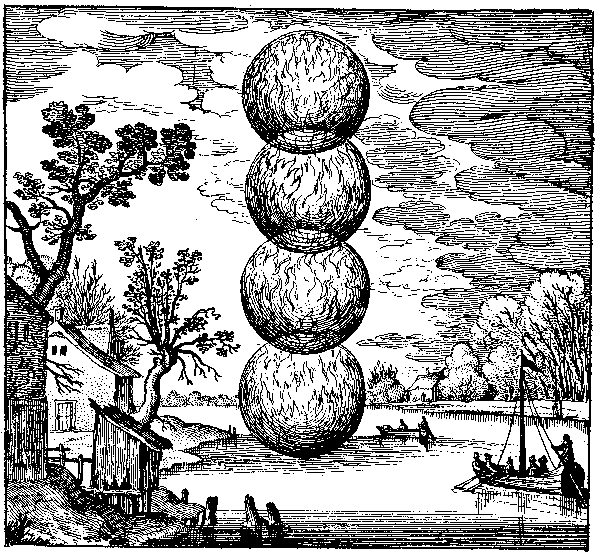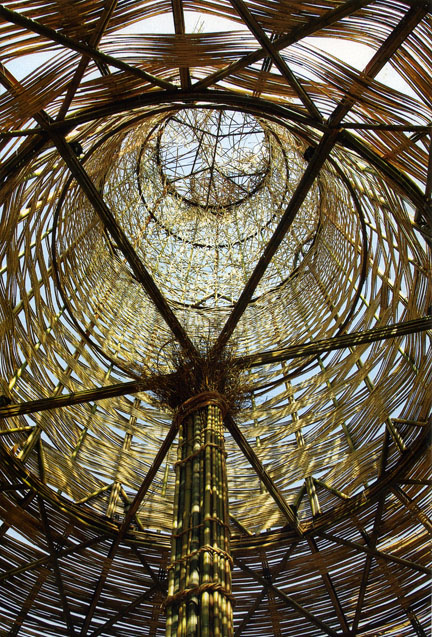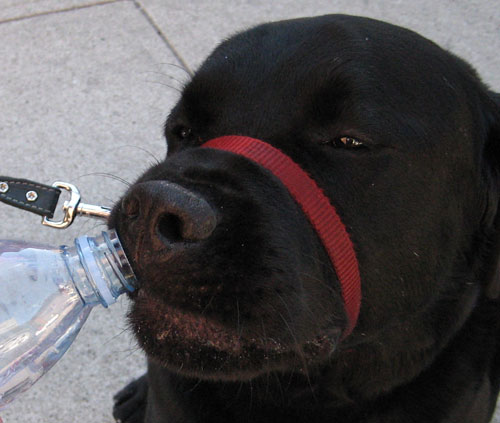
|
Lorna Mills and Sally McKay
Digital Media Tree this blog's archive OVVLvverk Lorna Mills: Artworks / Persona Volare / contact Sally McKay: GIFS / cv and contact |
View current page
...more recent posts
 Emblem XVII from Michael Maier,Atalanta fugiens (Oppenheim: Hieronymus Gallerus, J. Theodorus de Bry, 1618). Borrowed from Hyle "The historians who make alchemy their particular interest are sometimes looked on as eccentrics: their methodology may be impeccable (I mean, good archival research, sound iconographic analyses), but their choice of subject matter makes them suspect. In that respect art historians who are interested in alchemy become one further example of the oil-and-water problem of mixing alchemy with any ‘legitimate’ discipline." - excerpt & illustration from James Elkins' Four Ways of Measuring the Distance Between Alchemy and Contemporary Art (2003) |
Sunday Devotionals
From Black Cat Bone - Burning The Flesh Off Modern Art
Hallelujah
an Evil Digital Film
produced by Force Majeure Film Studios
(a Holy owned subsidiary of Black Cat Bone Global Media Empire)
written, directed and edited by The Right Reverend James


Tower In The Forest 2007 Bamboo, Rattan, Iron, 1500 x 1500 x 2700 cm
While installing at the tree museum we had the pleasure of making the aquaintance of Wang Wen-Chih, an artist from Taiwan, who constructed the wonderful Tree House (my images don't do it justice). These installation images are from an exhibition in Taiwan at the Plaza of Chiayi County Hall.
I've got one brain cell left, and you're getting on it. I'm struggling with my readings for school, trying to get a grip on the context. Since a lot of the writers we're looking at right now are studying ancient Greek and Roman art it's a bit of a stretch. But, in the midst of my misery, I have come across two very charming characters.
Johann Joachim Winckelmann was a gay aesthete living the Baroque era who hated all the art of the Baroque era. Instead, he just adored the Ancient Greeks - mmmmm....slave boy...mmmm. He had a lovely gentle approach to his studies, and reflected on the role of the historian as one who experiences (and mourns) the loss of the culture he studies. He was a Prussian who moved to Rome because there he could be a tour guide and meet boys. He had a sculpture of a faun in his apartment. I'm imagining a tragi-comedy about his life starring Philip Seymour Hoffman as Winckelmann and Brad Pitt as the noble naked Athenian who appears to him in his dreams. (update: the movie should be titled Death in Athens and it should be directed by Gus Van Sant)
The other guy I like is Aby Warburg, who died in 1929. He was really pissed off with the prevailing art history of the day that championed an autonomous formalist approach. For Warburg, everything interesting happened in the transitions between cultures, and he was just as interested in bad art as in good art. He suffered from mental illness and won his freedom from five years in a mental institution by delivering a great big lecture on the Pueblo Indians and the symbol of the serpent. He was worried about technology and the way that civilization's advancements were destroying cultures. Like Winckelmann, he also reflected a lot about the objective/subjective dichotomy in the role of one who studies history. Unlike his contemporaries, he was invested in content, myth and the dark murky side of meaning.
Warburg opened his own library that was an all-over-the-place collection of stuff designed to foster interdisciplinary scholarship. He also worked on a massive picture book, which he never finished. The book was to be a big collection of diverse images, arranged collage-style in a non-heirarchical fashion (and without captions or comments). The book had several working titles, the most official one being Mnemosyne (the goddess of memory) and the funner ones being Ghost Stories for Grown-ups and Picture Book for a Critique of Pure Unreason. Exhibitions of Warburg's images were mounted (I think by him) at his library. You can see documentation here. The first thing I think of is Luis Jacob's Album III at Documenta. I think the Warburg movie should be titled Ghost Stories for Grown-ups and Willem Defoe should have the starring role. (update: on second thought it should be an illustrated novel and Von Bark should write it and Scott Carruthers should do the drawings)
augh. sibling rivalry is always bad, but when one sibling gets a video made about their artwork with sexy German voice-over narration, it gets really really bad. Go here and click on "loss of signal."

I am going to have to pay more attention to detail if I am going to get through school. Of course, it is only the day before class that I realise one of the essays I've been reading is not required, and at the same time I have completly ignored an essay that is. D-oh! oh well, the one I wasn't supposed to read was pretty good. It's about explanation and description of artworks, and the various implications of different kinds of words and situations. Here's a bit that I thought I'd share, since it applies directly to L.M.'s dog, who is a force of nature, if not a work of art.
In everyday life if I offer a remark like "The dog is big", the intention and effect will depend a great deal on whether or not that dog is present or known to my hearers. If it is not, the 'big' — which, in the context of dogs, has a limited range of meaning — is likely to be primarily a matter of information about the dog; it is big, they learn, rather than small or middle-sized. But if it is present — if it is standing before us [perhahps rubbing it's gi-normous slobbery grinning head in your lap] as I talk—then 'big' is more a matter of my proposing a kind of interest to be found in the dog: it is interestingly big, I am suggesting. I have used 'dog' to point verbally to an object and 'big' to characterize the interest I find in it.
From Michael Baxandall's "Patterns of Intention" in The Art of Art History: A Critical Anthology, Donald Preziosi, ed. (Oxford, New York: Oxford University Press), 1998. pp. 59-60